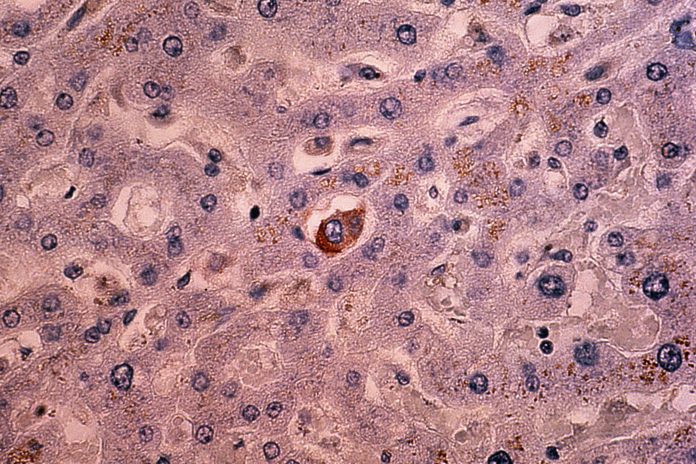
The interplay between the patient’s body mass index, tumor size, and the protein Caveolin-1, is important for breast cancer prognosis, according to a study from Lund University in Sweden. The researchers believe these findings could further enhance precision medicine in breast cancer.
“We found that it was good to have little or no Caveolin-1 in the cells surrounding the tumor if the person was of normal weight, or if they had a small tumor, but the opposite was true if the patient was overweight or had a large tumor. This shows the importance of placing the tumor in its correct context,” said Christopher Godina, a doctoral student at Lund University.
Major advances in diagnostics and treatment have improved survival rates among breast cancer patients in recent decades. In the last few years, many studies of the disease have focused on tumor markers, but there is also an increased understanding of how the tumor size and molecular characteristics, as well as the surrounding tumor environment, can affect drug absorption and treatment effectiveness in killing cancer cells.
Now, research from Sweden’s Lund University sheds light on how the interplay between the patient’s body mass index (BMI) and surrounding tumor tissue can be of importance for breast cancer prognosis. Their results were published in Translational Oncology this month.
The study included just over 1,000 breast cancer patients who were operated on at Skåne University Hospital from 2002 to 2012. The clinical outcome of the patients was followed until 2019. The researchers looked at tumor size, the cells surrounding the tumor tissue, the patient’s body constitution, and a protein called Caveolin-1. This protein is found in the cell membrane of all cells, both in tumor cells and in surrounding cells, where it is involved in the transport of different substances (including drugs).
“Our study suggests the importance of paying more attention to the patient characteristics, not just aspects of the tumor. The level of Caveolin-1 can be affected by existing approved drugs, but here there is a need for further studies, as it is unclear what effect these drugs have in breast cancer. The cancer cells’ environment in each patient is different in several ways, for example regarding the extent of inflammation in the body and the surrounding cells in the breast,” said Helena Jernström, professor of oncology, specializing in integrated cancer epidemiology at Lund University, who led the study.
Jernström told Inside Precision Medicine, “Caveolin-1 is a master regulator of cell signaling and is involved several processes such as hypoxia response, (i.e. the response to low oxygen levels in the tissue), epithelial mesenchymal transition, and cell cycle regulation, all of which contributes to breast cancer aggressiveness. Caveolin-1 also plays a role in the uptake and storage of lipids in adipocytes (fat cells). This affects adiposity and thus BMI in humans. Caveolin-1 is necessary for proper function of adipocytes. When Caveolin-1 is too low or missing in fat cells, these cells do not function properly and so called metabolic dysregulation occurs in the fat tissue (regardless of body size), similar to the metabolic syndrome.”
This group’s results suggest that the Caveolin-1 protein could be used as a marker to provide an even more precise prognosis and offer support in choosing treatment for breast cancer patients.
Said Jernström, “The next steps are to test if Caveolin-1 holds the same prognostic value in other independent breast cancer cohorts. Furthermore, mechanistic studies (cell studies) are warranted to further elucidate the relationship between adipocytes, breast cancer, and Caveolin-1 that can further explanation our findings.”











